Ultimate Guide to Reverse Searing on a Pellet Grill or Drum Smoker
You're holding the perfect steak in your hands—now it's time to cook it right.
If you’ve ever wondered how pitmasters get that edge-to-edge pink perfection with a sizzling crust, welcome to the world of reverse searing. It’s a method that gives you full control, flavor that hits deep, and results that’ll make your backyard BBQ look like a five-star steakhouse.
Whether you’re working with a pellet grill or a drum smoker, this step-by-step guide is here to help you learn, master, and love the reverse sear—no stress, no guesswork, just steak done right.
What Is Reverse Searing?
Reverse searing is the two-step process of:
- Slow-smoking your meat at a low temperature until it’s just shy of your target internal temperature.
-
Searing it hot and fast to finish, locking in juices and building a beautiful crust.
Why First-Time Cooks Love It:
- More control, less chance of overcooking
- Juicier results than direct grilling alone
-
Perfect for thick steaks, tri-tip, and even pork chops or roasts

Tools You’ll Need
Before we fire things up, let’s talk gear. You don’t need a $10,000 setup to pull this off—just a few essentials:
|
Item |
Why It Matters |
|
For that low-and-slow flavor foundation |
|
|
Instant-read or probe—this is your secret weapon |
|
|
Charcoal Basket or Hot Zone |
For drum sear finish |
|
Cast Iron Pan (optional) |
Searing alternative for delicate or thin cuts |
|
Tongs, Glove, Grill Grate Cleaner |
Stay safe, stay clean, flip like a boss |
Best Cuts for Reverse Sear
Not every cut needs it—but for thick, juicy meats, this method shines.
Top Cuts to Try:
- Ribeye (1.5”+ thick)
- New York Strip
- Tri-tip
- Pork chops (bone-in)
- Filet mignon
- Tomahawk steak
-
Sirloin cap (aka picanha)
Pro Tip: The thicker the cut, the better the reverse sear works. For thinner cuts, direct grilling might be your move.
Step-by-Step: Reverse Sear on a Pellet Grill
1. Prep Your Meat
- Trim excess fat if needed.
- Season generously with Big Poppa’s Cash Cow, Double Secret, or Sweet Money for pork.
-
Let it sit at room temperature for 30–45 minutes before cooking.
2. Set Your Pellet Grill to Smoke (225°F–250°F)
- Use hardwood pellets like oak, hickory, or fruitwood for added flavor.
-
Place the steak directly on the grill grate (not over direct flame).
3. Monitor the Internal Temperature
Use a probe thermometer if you have one. Target:
- 115–120°F for rare
- 120–125°F for medium-rare
- 130–135°F for medium
Don’t let it overcook—you’ll be searing next.
4. Remove and Rest
Pull the meat off the grill, wrap it loosely in foil, and let it rest while you crank the heat on your grill or prepare your searing zone.
5. Sear Over High Heat
- On a pellet grill: Turn up to max (450°F–500°F), or use a searing attachment/griddle.
- On a drum smoker: Remove the lid and place meat over a blazing charcoal bed.
- Sear for 60–90 seconds per side, flipping only once. Add a quick press with a spatula or tongs for full contact.
Step-by-Step: Reverse Sear on a Drum Smoker
The Big Poppa Drum Smoker is perfect for this method with its direct airflow and coal bed control.
1. Smoke It Low
- Place meat on the upper grate.
- Use 2–3 lit coals on one side and the intake vent barely open to maintain 225°F–250°F.
-
Smoke until the internal temp is 10–15 degrees below target doneness.
2. Stoke the Fire
When you remove the meat to rest:
- Open up the intake
- Add ½ chimney of hot coals
-
Place your sear grate back on
3. Sear It Over the Flame
Sear over the blazing coal bed just like above. You’ll get flame-kissed edges and a serious crust.
Internal Temp Guide (Doneness Chart)
|
Doneness |
Target Temp (Before Sear) |
Final Pull Temp |
|
Rare |
115°F |
125°F |
|
Medium-Rare |
120–125°F |
130–135°F |
|
Medium |
130–135°F |
140°F |
|
Medium-Well |
140°F |
150°F |
|
Well Done |
150°F+ |
Don’t. (But if you must, 160°F) |
Remember: The sear step adds about 5–10°F.
Why It Works (and Why You’ll Love It)
Reverse searing keeps moisture locked in by letting the muscle fibers relax before the heat shock of searing. Plus, it builds a perfect Maillard crust at the end instead of the beginning, when it would otherwise block smoke from penetrating.
Reverse searing isn’t just a technique—it’s your confidence builder, your secret weapon, your launchpad to BBQ greatness.
You don’t need a fancy restaurant. You don’t need years of experience. You just need a plan, a thermometer, and a bold rub.
So fire up your grill, flip with purpose, and show your crew what you can do. Reverse searing is how you take a simple steak and turn it into something unforgettable.
You’re not just cooking here—you’re engineering an experience.
Reverse Sear FAQs
1. Do I need a pellet grill to reverse sear?
Nope! You can use any grill that allows low-and-slow plus a high-heat finish. Drum smokers are great. Even ovens + cast iron pans can work.
2. Can I reverse sear a tri-tip?
Absolutely. Tri-tip is ideal—smoke it to 125°F, rest, then sear for 1–2 minutes per side. Slice against the grain!
3. Can I reverse sear pork chops or tenderloin?
Yes—especially thick, bone-in chops. Use a rub like Sweet Money and finish with a light BBQ glaze after searing.
4. What if I overshoot the temp before searing?
Don’t panic. Still sear it briefly for crust, then slice thin. Next time, pull it a little earlier.
5. Can I add a sauce or glaze?
Yes—but wait until after the sear to brush it on. Otherwise, the sugar may burn.
Reverse searing isn’t just a technique—it’s your confidence builder, your secret weapon, your launchpad to BBQ greatness.
You don’t need a fancy restaurant. You don’t need years of experience. You just need a plan, a thermometer, and a bold rub.
So fire up your grill, flip with purpose, and show your crew what you can do. Reverse searing is how you take a simple steak and turn it into something unforgettable.
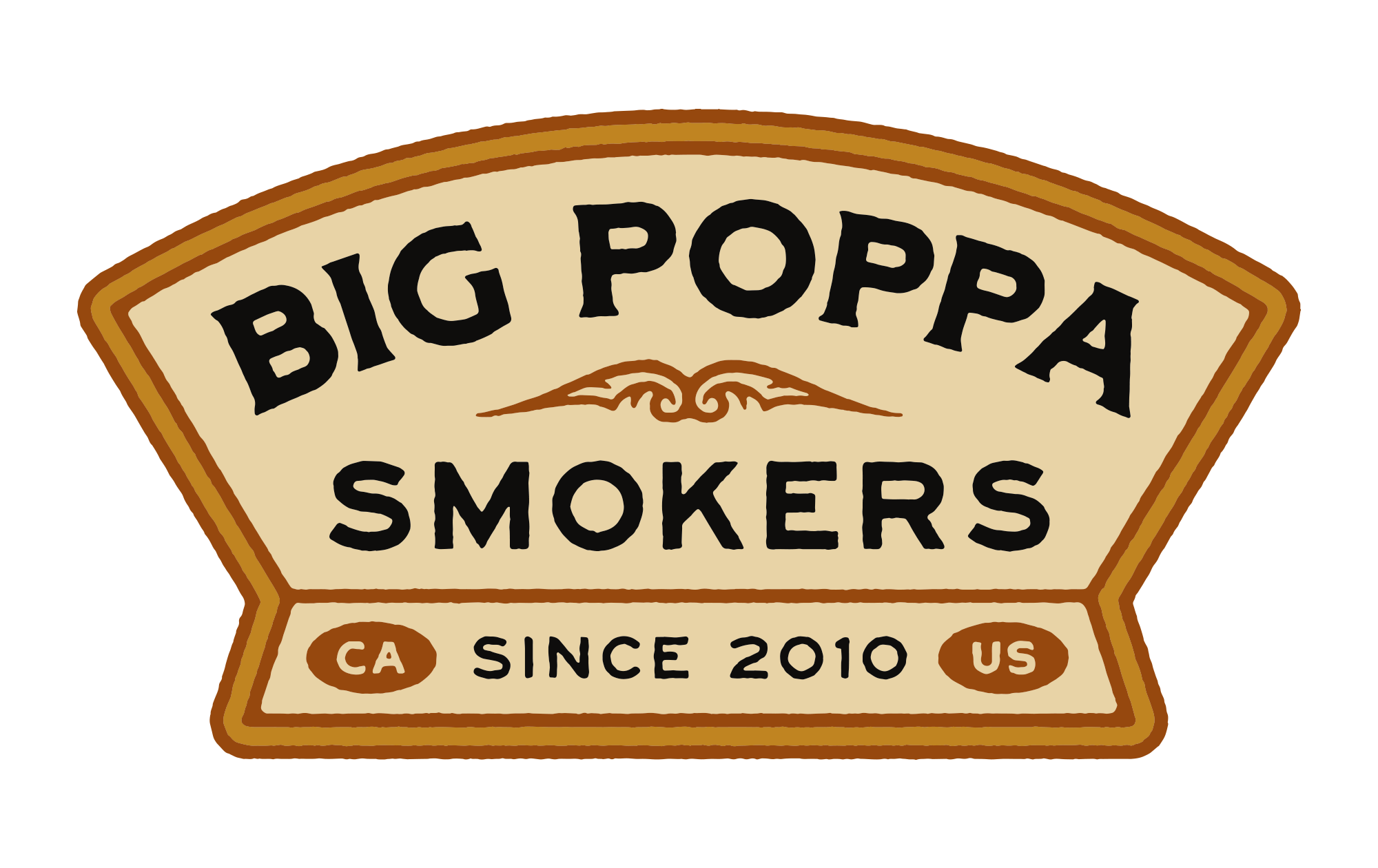

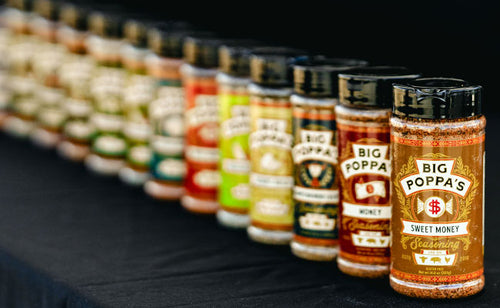
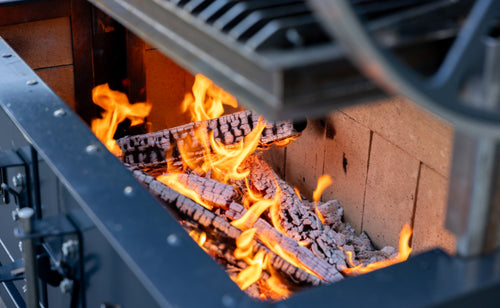




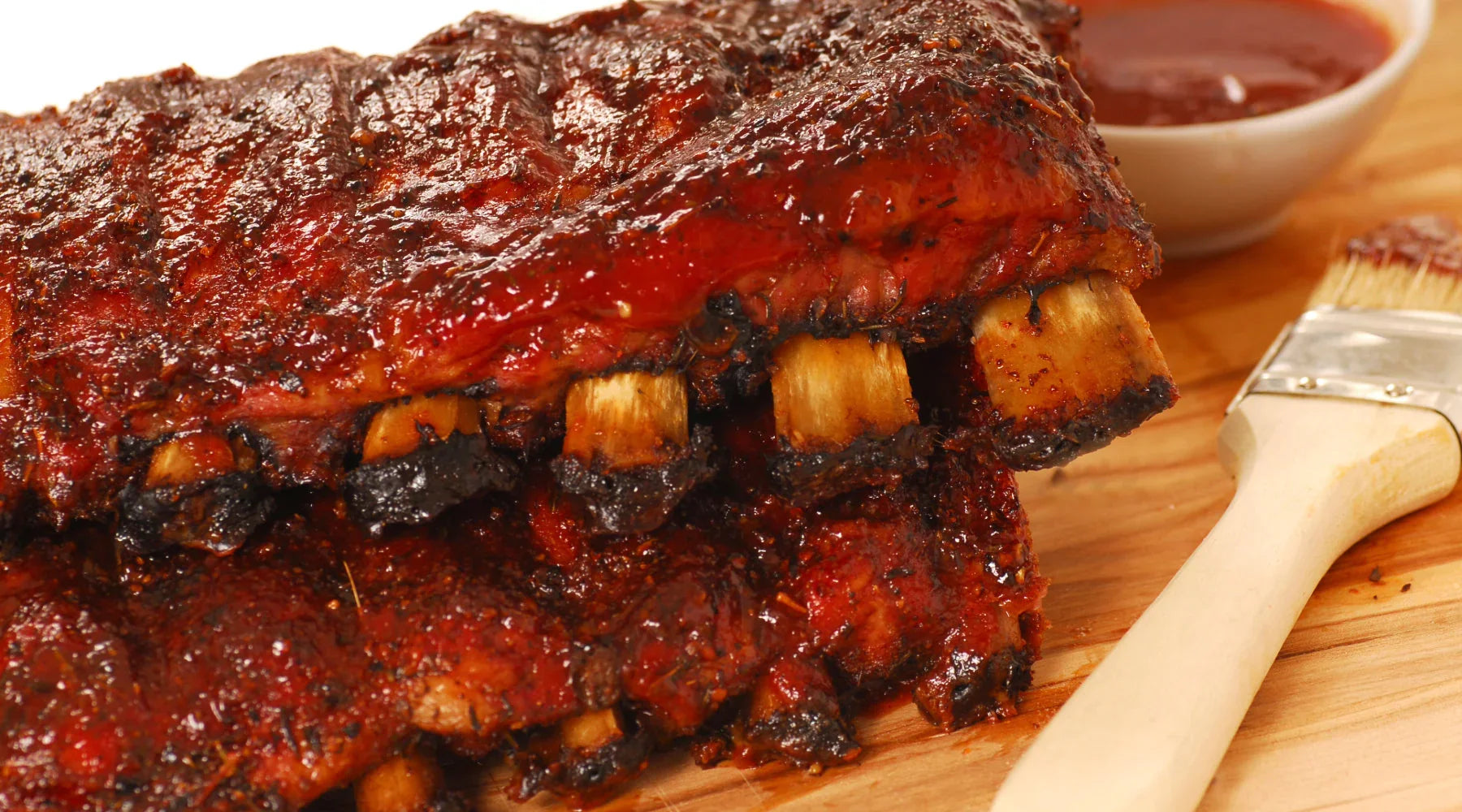



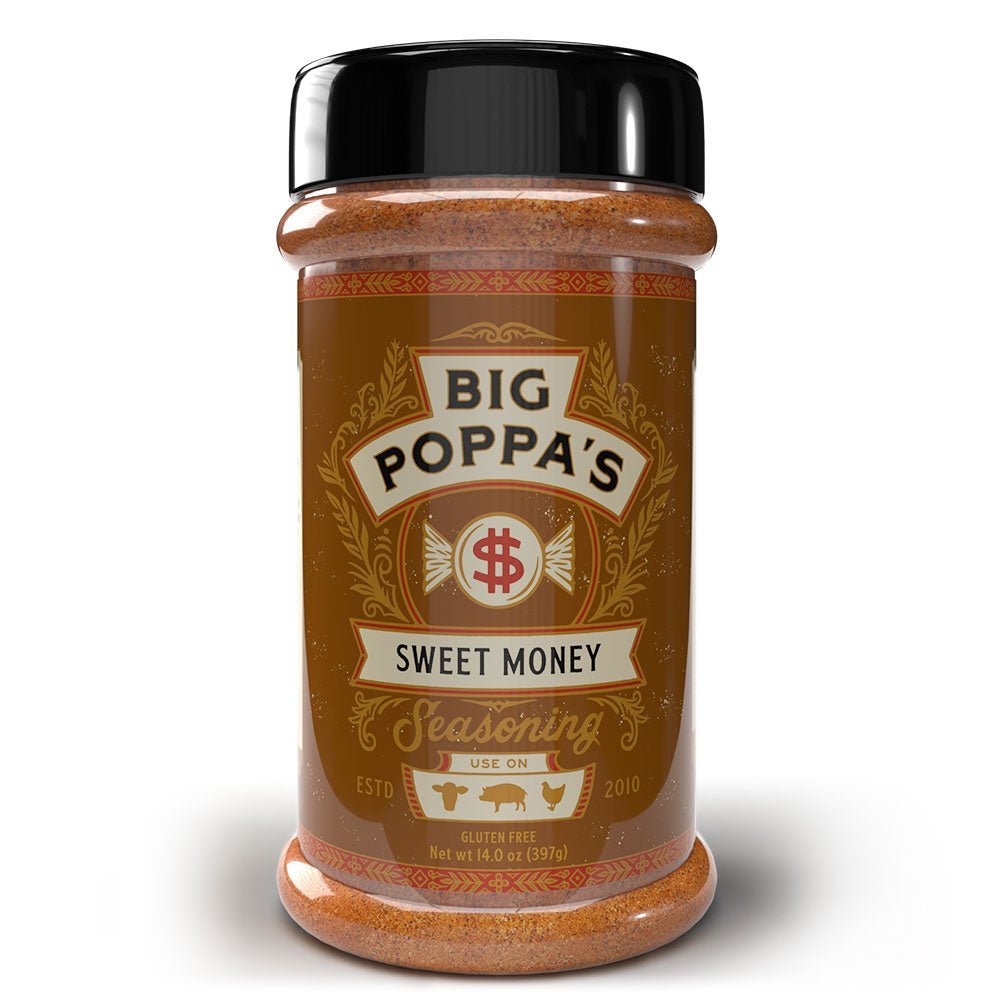








Leave a comment
This site is protected by hCaptcha and the hCaptcha Privacy Policy and Terms of Service apply.